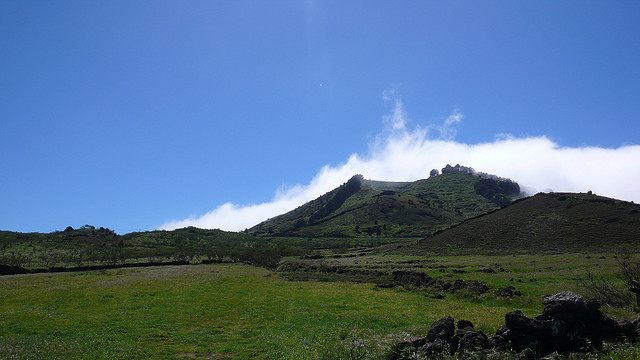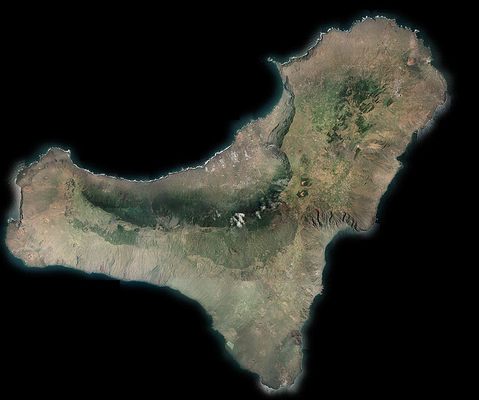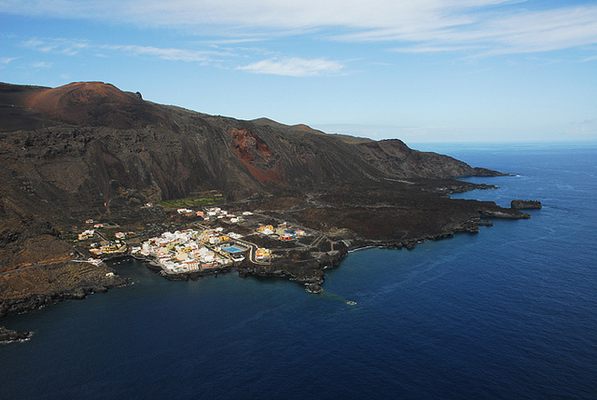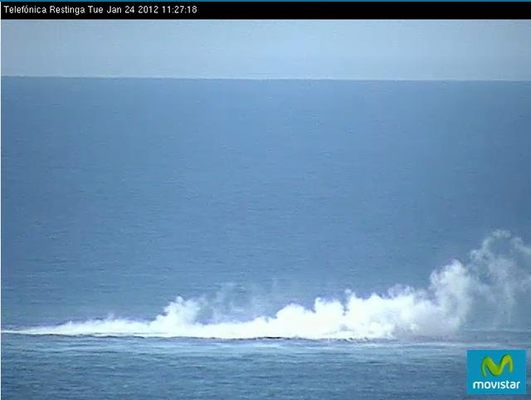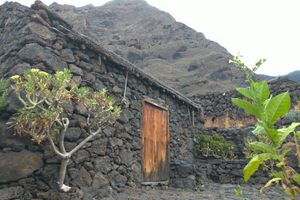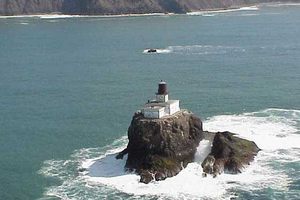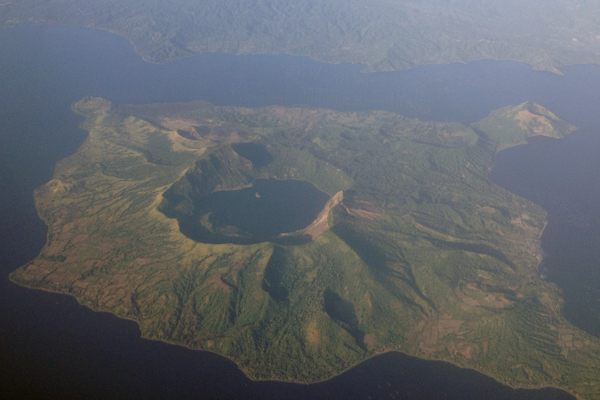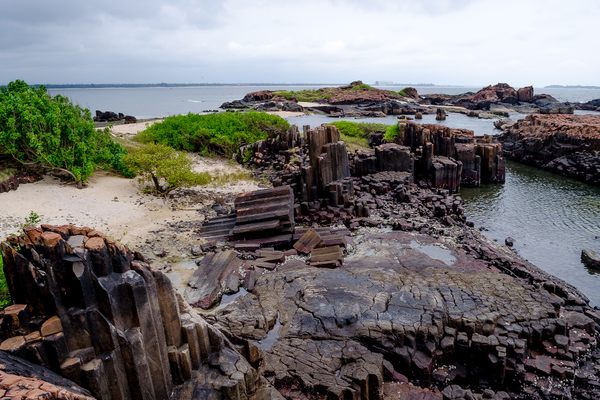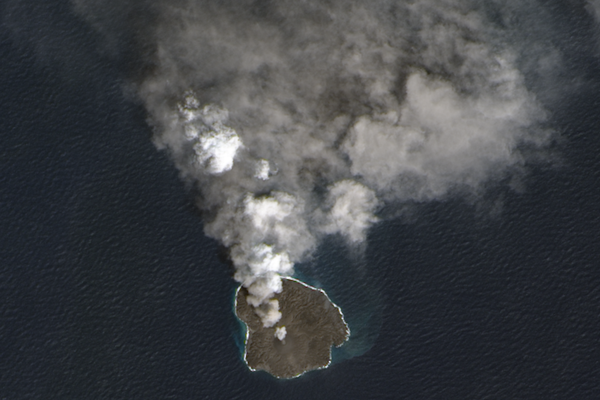About
Blown into existence around 1.2 million years ago by three major volcanic eruptions, El Hierro is the smallest and youngest of the Canary Islands off the coast of Africa.
Sporting over 500 volcanic cones and caves, the island makes it impossible to forget its explosive past, and to ensure that no one gets too comfortable the beautiful islet has recently reached back to its volcanic roots.
El Hierro is known for its plethora of unique wildlife and flora. The popular tourist site was declared a biosphere reserve by UNESCO with 60 percent of its area preserved under international law. But this protection is meaningless when it comes to the angry earth itself, and recently El Hierro has been unconcerned with the preservation of life on its slopes.
Since 2011, El Hierro’s 11,000 residents and verdure foliage have been disturbed by an increasingly restless submarine volcano. The incendiary volcano released massive amounts of magma, ash, and soot into the environment and caused approximately 12,000 earthquakes. The liberated lava raised sea temperatures a whopping 65 degrees Fahrenheit and lowered pH levels, increasing its acidity. Underwater eruptions also have a tendency to provoke tsunamis and landslides, adding to the list of concerns for residents both human and otherwise. The citizens of the island were evacuated during the worst of the flare-up but have since been cleared to return home, for now.
Though the inhabitants of El Hierro remain seemingly unruffled by the volcanic activity, geologists are apprehensive about the prospect of a larger and deadlier outburst and continue to keep a wary eye on both land and sea.
Related Tags
Community Contributors
Added By
Published
August 20, 2013
